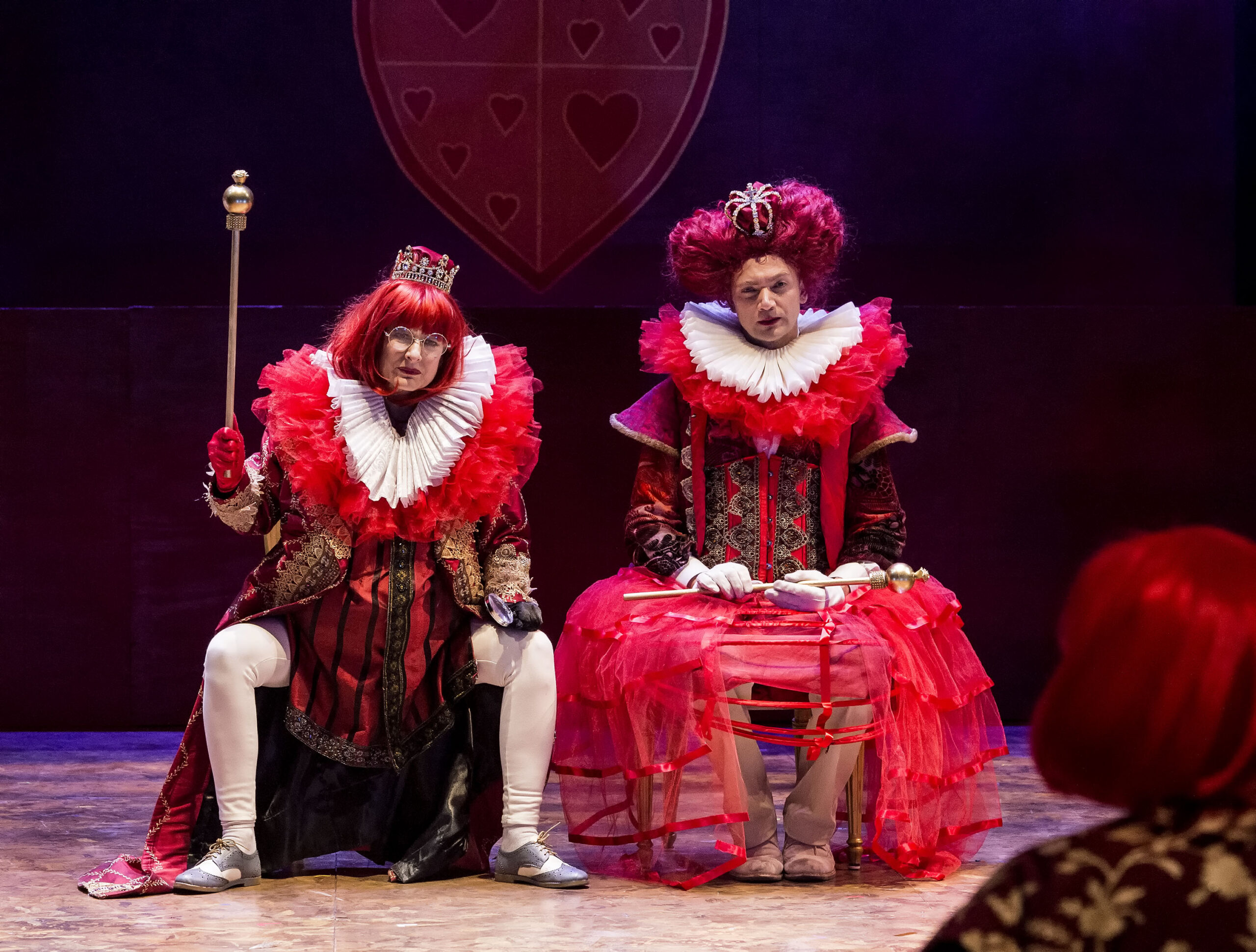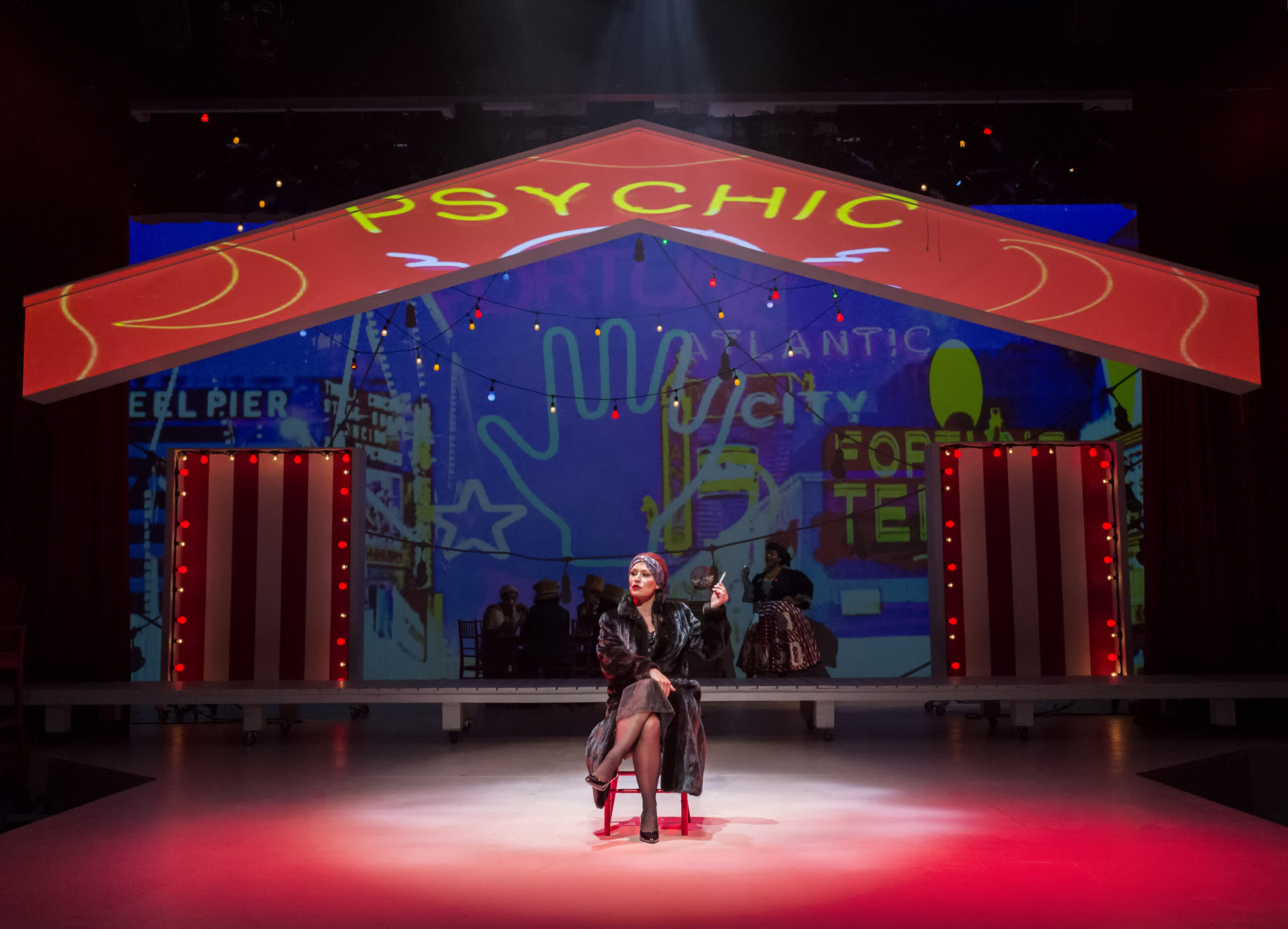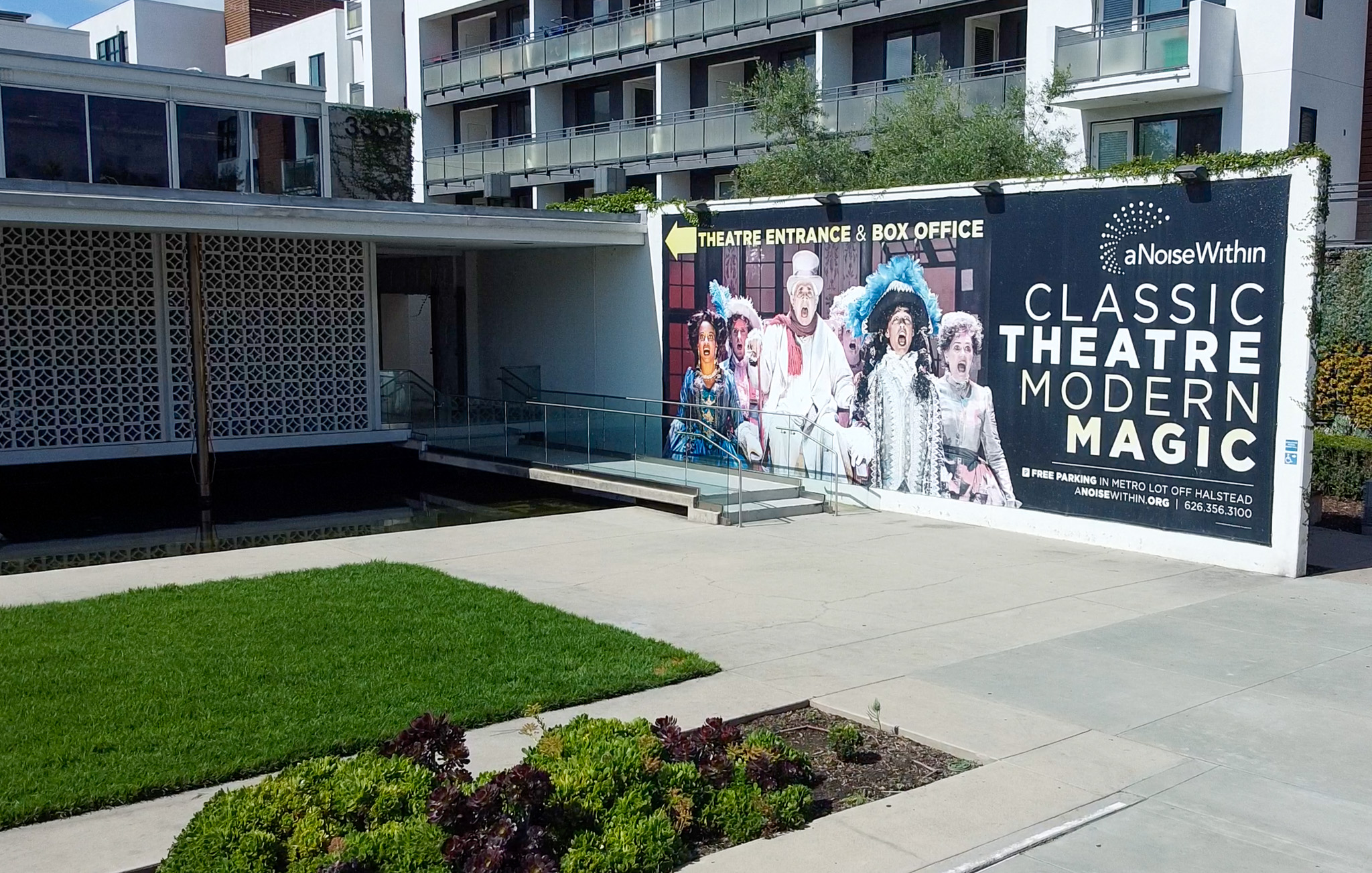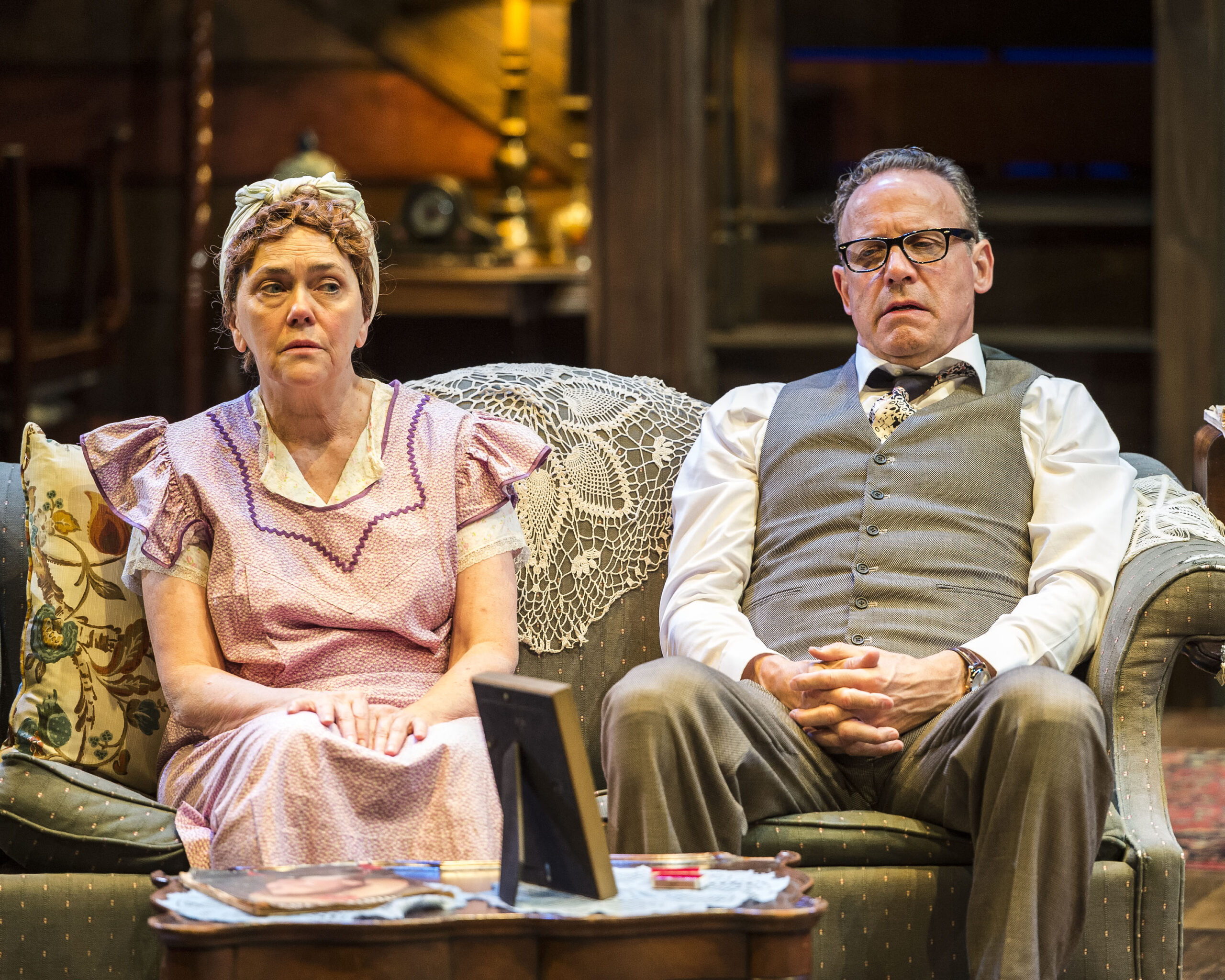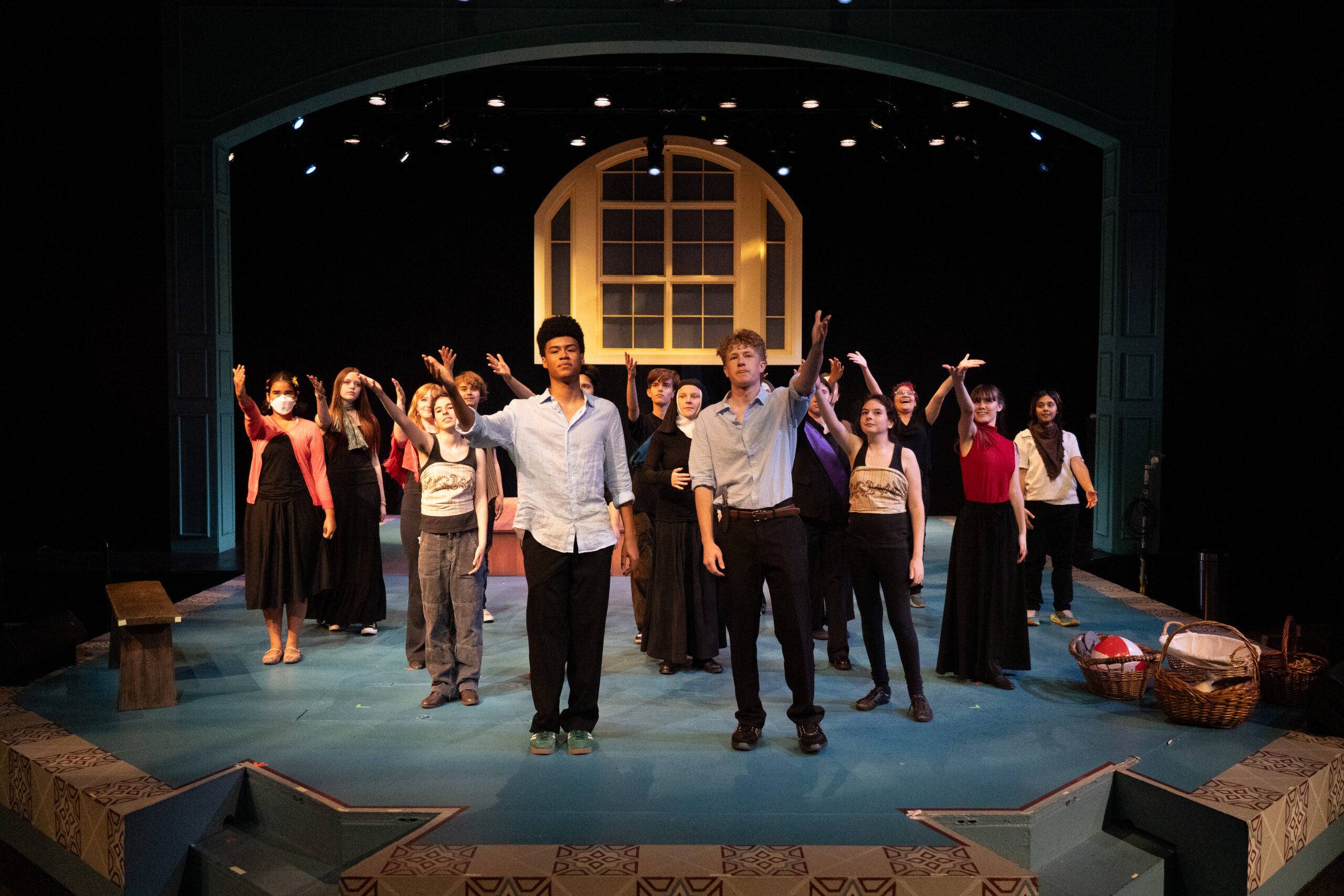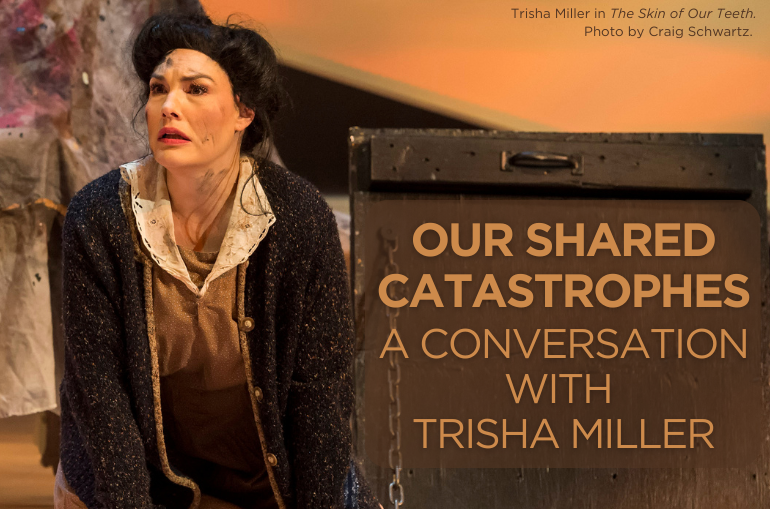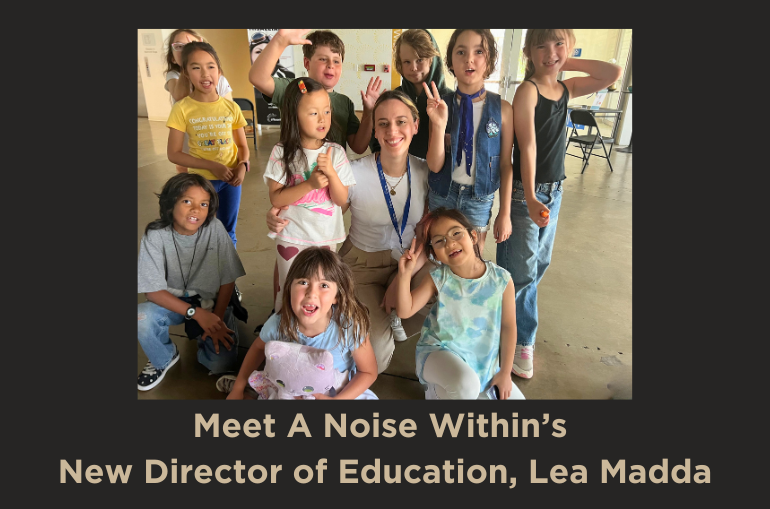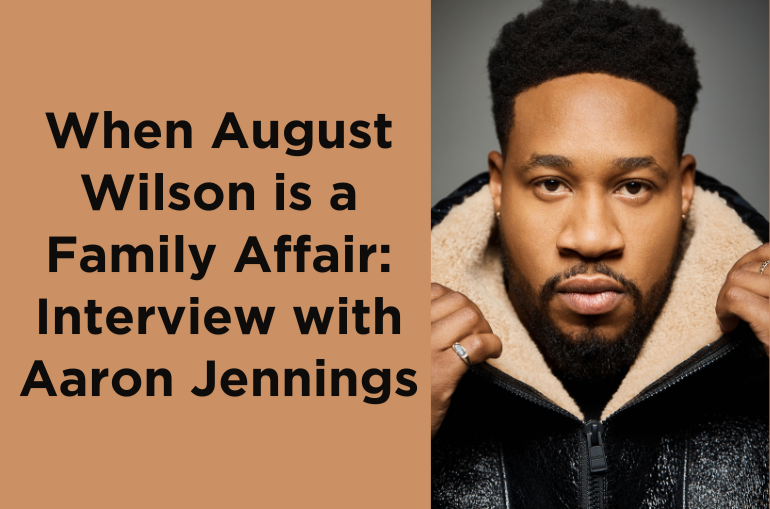Q&A with Jenny Foldenauer on the costumes of Rosencrantz and Guildenstern

By A Noise Within
October 25, 2018
We’re always wanting to give our community more insight into the work that goes behind every production. Read on as Jenny Foldenauer walks us through the inspirations behind her designs and the impact she hopes to exemplify through her designs.
What attracted you to Rosencrantz & Guildenstern Are Dead?
It was the questioning and reflection about life and purpose throughout the play. The inspection that both Rosencrantz and Guildenstern bring up about the work of Shakespeare’s Hamlet and what it means to be a player within it allows me as a designer to not only connect to a historic context of Elizabethan Costume but also allows me to add a twist of another silhouette that can be from another time, a more futuristic silhouette, to show a slight cerebral surreal look.
What are some inspirations behind your design?
Some inspirations I drew from for this particular design are macabre and dark in context, such as the works of the Dutch Netherland fine artist painter Hieronymus Bosch. I used quite a few of his paintings to discover the mood and color palette I wanted to convey in this world, as well as some of the characters within his paintings that connect to the Tragedians. I also revisited vampire folklore, and was influenced by the textures and sleek silhouettes used to tell these stories.
Who was your favorite character to costume?
Honestly, the Tragedians are my favorite to Costume as they are the characters I could play with being more surreal and from another world that isn’t quite familiar or comfortable to an audience’s eye. They are meant to challenge the audience in everything they do and this also falls in line with how they are dressed.
Have you worked with A Noise Within before? What drew you to A Noise Within?
Yes! I have worked with A Noise Within on multiple productions in the past – the first play I worked on was also a Shakespeare play, Macbeth. What initially drew me to A Noise Within was their production of Waiting for Godot, which I was able to see when it was mounted in the old theater space before they arrived at the new building. I found that although ANW’s commitment was to classic plays, their direction, performance, and design were both innovative and provocative. I usually seek this type of philosophy in all the theater companies I work for, and ANW definitely has this – the ability to refresh a tried and true classic with a fresh eye and a new perspective.
How did you first become interested in theatre design?
I first became interested in theater design when I was 12 years old and saw the play Bordertown by Culture Clash at the San Diego Repertory in 1998. I had seen other theatrical shows prior to this, but it was this production that revealed to me that I could have a career in theater.
How do you know in the end if your design is successful?
I know my design is a success when I sit in the audience and can hear from the audience themselves. I learn if they are understanding the story and if they know a character more through their clothing and appearance than just from what they are saying. Their reactions are the best feedback, and I pay close attention during previews, because that’s when I know if I have achieved the goal of telling a character’s story just on appearance.
